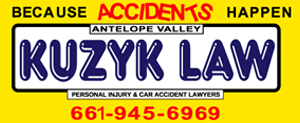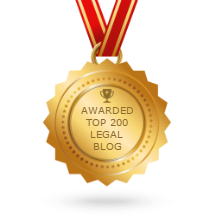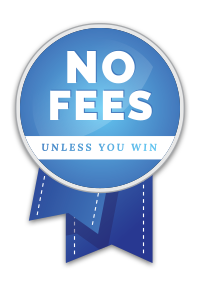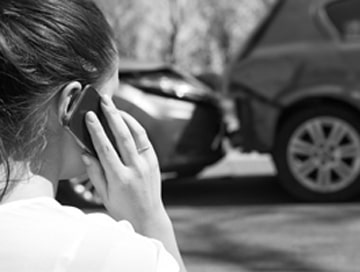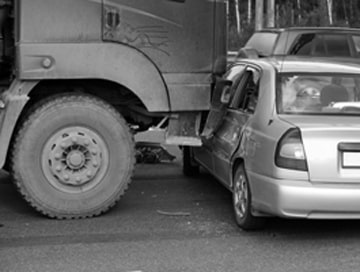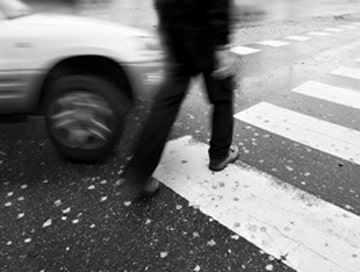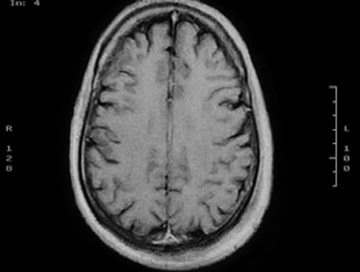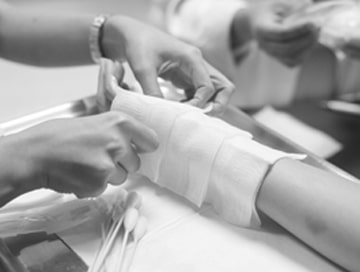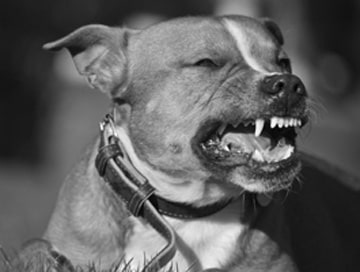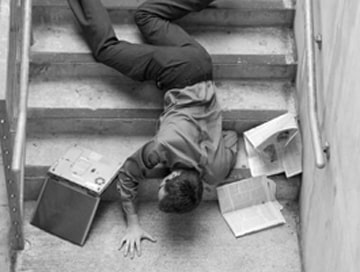California hit-and-run laws are critical for every driver and pedestrian in the state. These laws are more than a series of rules to obey; they are vital in guaranteeing the safety, accountability, and responsibility of everyone on the road. Hundreds of car accidents happen yearly in California, ranging from minor fender benders to major crashes. Understanding one’s duty and rights in the event of an accident is essential for maintaining a peaceful and safe driving environment.
A hit-and-run accident threatens the victims’ safety and carries severe legal consequences for the offender. As a result, getting familiar with hit-and-run charges and what to do if you’re involved in one is essential to personal protection and the greater good of the community. We can collectively build a safer and more accountable driving culture in California by learning these hit-and-run laws.
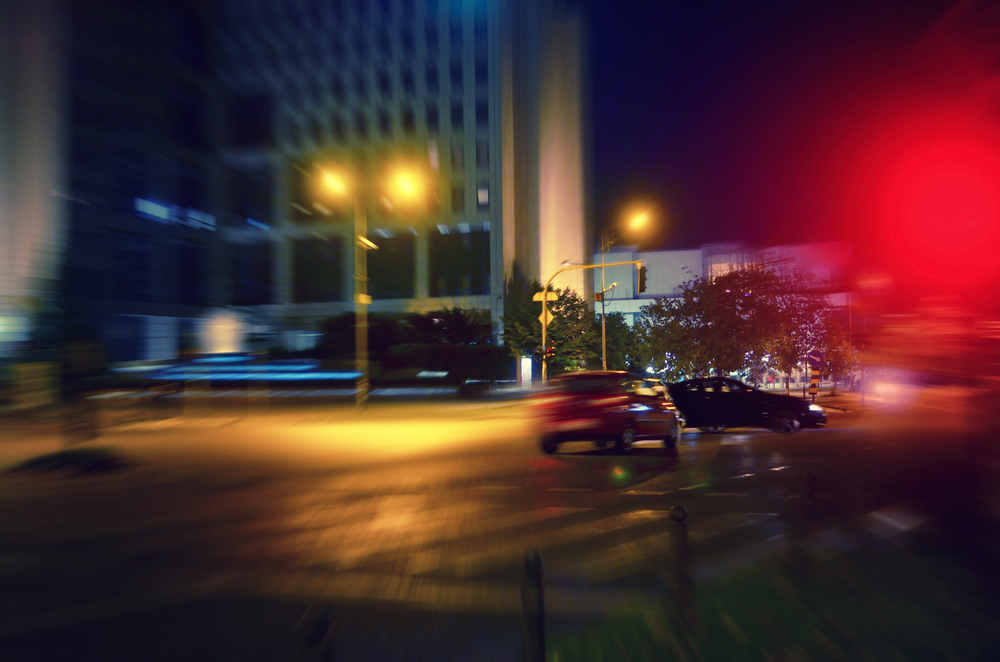
What Is a Hit-and-Run in California?
In California, a hit-and-run is defined as leaving the scene of an accident without first identifying yourself, regardless of whether you were at fault. This applies to accidents involving other vehicles, pedestrians, and even objects or property.
Basics of the Hit-and-Run Laws
Sections 20001 and 20002 of the California Vehicle Code form the primary foundation for a hit-and-run in Fresno. The essential point of these laws is that if you’re in an accident, you must stop and give your critical information. This includes your name, address, and auto insurance information. If you do not own the car or truck, you have to give the name and address of the owner.
Accidents Resulting in Injuries or Fatalities (Vehicle Code 20001)
Vehicle Code 20001 is stricter and deals with accidents where a person, whether a motorist, passenger, or pedestrian, is hurt or killed. There are two requirements here. First, you must provide your contact information to the other party. Second, you have to give reasonable help to anyone hurt, which could be as simple as dialing 911.
Accidents Involving Property Damage (Vehicle Code 20002)
Vehicle Code 20002 covers accidents that only cause property damage. This category includes accidentally hitting another car’s side mirror or backing into a fence. Even if the owner of the damaged property is absent (for example, if you hit a parked car), the law requires you to leave a note with your contact information and report the accident to the police or California Highway Patrol.
Legal Obligations After an Accident
Being involved in an accident, including a hit-and-run with a parked car with no witnesses, can be stressful. However, it’s essential to remember that California law sets specific actions that drivers must take post-accident. Failing to meet these obligations can lead to serious legal consequences. To follow the law, you have to do the following:
Stop Immediately
Whether the accident involves another vehicle, pedestrian, or property, the law mandates that you must stop your car at the nearest safe location. Leaving the scene without stopping is a violation of California hit-and-run laws, even if the accident wasn’t your fault.
Provide Personal Details
If another party is involved, you must give them accurate and truthful personal details. This includes your full name, current address, and vehicle registration number. Additionally, if you are not the vehicle’s owner, you need to share the owner’s name and address. It’s also wise to share insurance information to facilitate any future claims.
Report the Collision to Law Enforcement
You want to immediately report accidents that result in injury, death, or significant property damage to the local police or California Highway Patrol. While minor scrapes or damages might not need a formal report, having an official record for insurance is often a good idea.
Find and Notify the Owner
Suppose the accident involves property damage and the owner isn’t present, like hitting a parked car or damaging a fence. In that case, you must find the owner and let them know of the accident. If you cannot find the owner, leaving a note with your contact details in a safe place and filing a report with the police or Highway Patrol is necessary.
Understanding and following these legal obligations ensures your compliance with the law and also aids in safeguarding the rights of all parties involved. In such stressful situations, being informed and prepared can make a significant difference in the eventual outcome.
Consequences of Committing a Hit-and-Run
What is the penalty for a hit-and-run with no injuries? How does a hit-and-run charge turn into a felony hit-and-run? Can you go to jail for a hit-and-run? These are all common questions people have right after an accident, and we’ll give you all the answers below.
Misdemeanor vs. Felony: Understanding the Difference
First, you need to understand the difference between a felony and a misdemeanor hit-and-run. The legal consequences of a felony are much more far-reaching than a misdemeanor, so you want to take steps to reduce your legal repercussions.
Misdemeanor Hit-and-Run
Predominantly, when the accident involves only property damage, the hit-and-run gets categorized as a misdemeanor. However, it’s crucial to note that the financial cost of the damage does not determine this categorization — it applies regardless of whether the injury was minor or significant.
Felony Hit-and-Run
If the car accident results in injury or death to another party, the offense can escalate to a felony hit-and-run. This is a far graver charge and brings with it heavier penalties.
Fines, Jail Time, and Other Potential Penalties
A Fresno hit-and-run charge can come with various penalties, depending on how you handle it and whether it resulted in a fatality or just minor property damage. The consequences of a hit-and-run include:
For a Misdemeanor
A successful conviction can lead to fines of up to $1,000 (excluding any court-imposed penalties or restitution to victims). Additionally, the offender may face up to six months in county jail.
For a Felony
Fines can range between $1,000 and $10,000 for a felony hit-and-run charge. Furthermore, if convicted, the guilty party might face incarceration in state prison for up to 16 months, two years, or three years, depending on the severity of the injuries inflicted and the accident specifics.
Long-Term Repercussions
There are also long-term repercussions you have to consider when it comes to a hit-and-run accident, and they heavily depend on your driving history and the accident’s specifics. However, some common consequences include:
License Suspension
Committing a hit-and-run can lead to a suspension of one’s driving license. Depending on the nature of the offense and prior driving record, the suspension can range from several months to years. In some severe cases, the court may order a revocation of your license.
Insurance Implications
After a hit-and-run conviction, your insurance premiums will likely skyrocket, reflecting the heightened risk assessed by the insurance company. In some instances, the insurance provider might even terminate the coverage.
Criminal Record
A hit-and-run conviction, whether a misdemeanor or a felony, goes on the offender’s criminal record, which can have cascading effects on future employment opportunities, housing applications, and more. This charge can follow you for decades, and it’s easily accessible as a public record.
Restitution
Beyond fines, the court may order the offender to pay restitution to the victim, covering the costs of medical care, property repair, and other associated damages. This can easily climb into the thousands of dollars, depending on the accident’s severity and the injuries the victim sustained.
The consequences of committing a hit-and-run in California go far beyond the immediate aftermath of the incident. The legal, financial, and personal implications can follow you for years, highlighting the importance of understanding and following the state’s driving laws.
Rights and Protections for Victims
Experiencing a hit-and-run incident is both alarming and disheartening. However, victims in California have rights and protections. The state has comprehensive regulations in place to ensure that victims receive justice and the necessary support.
First, if you find yourself the victim of a hit-and-run, your immediate concern should be your safety and well-being. Regardless of how minor injuries might seem at the moment, it’s essential to seek medical attention. Some injuries may not show symptoms immediately, and having a medical professional evaluate you gives a documented record of your condition post-accident. This documentation can be crucial when building a case or seeking compensation.
Collecting evidence is another crucial step. While memories of the incident are fresh, jot down every detail you can recall, including the vehicle’s appearance, license plate numbers (if noted), the time and location of the accident, and any potential witnesses. Pictures of the scene, your injuries, and any damages can further strengthen your position.
Reporting the hit-and-run to the police as soon as possible is extremely important. It starts the legal process of tracking down the responsible party and gives you an official record of the incident. This police report becomes a critical document if and when you decide to pursue legal action.
After a car hit-and-run, you have the right to seek compensation for medical expenses, property damage, and any other associated costs. Consulting with a legal professional can be invaluable in this process. An attorney can guide you through the legal system, ensuring you uphold your rights and helping you secure the compensation you deserve.
A hit-and-run can be overwhelming, but knowing your rights and the protections available to you in California can provide a semblance of control during trying times. Proactive steps, combined with legal support, can pave the way for healing and justice.
Defenses Against Hit-and-Run Charges
Facing hit-and-run charges can be daunting, but it’s essential to remember that in the legal system, every individual has the right to a defense. While each case is unique, several common defenses are used to fight hit-and-run allegations in California.
One defense hinges on the lack of knowledge about the accident. A defendant can argue that they were genuinely unaware that they had been involved in a collision or that any damage happened. This can be especially relevant in situations where the damage was minimal or where the vehicle’s size and build might prevent a driver from immediately realizing there was a minor impact.
Another defense centers on mistaken identity or vehicle mis-identification. Given the chaotic nature of accidents, witnesses might misremember or mix up the details of the offending vehicle or its driver. Surveillance videos, alibis, and discrepancies with damage patterns can support this defense.
Emergency situations can also give you a foundation for a solid defense. If a driver left the scene of an accident due to a dire emergency requiring immediate attention, a lawyer could argue that the driver’s primary intent wasn’t to shirk responsibility but to address the urgent situation.
Why Hiring a Lawyer for a Hit-and-Run Case Is Essential
Understanding the rules and laws surrounding hit-and-run cases can be intricate and overwhelming in California’s legal system. This is where the role of legal counsel becomes indispensable. An experienced lawyer has the expertise to understand the details of the law, ensuring that an individual’s rights are protected and that they receive a fair trial. They can gather evidence, identify potential defenses, and guide their clients through each step of the judicial process.
With our rich history of representing clients in vehicular accident cases, Kuzyk Personal Injury & Car Accidents Lawyers brings a wealth of knowledge and experience to the table. Specializing in such cases means that we can anticipate challenges, strategize effectively, and ensure the best possible outcomes for our clients. Whether you are a victim looking for justice and compensation or someone facing hit-and-run charges, Kuzyk Personal Injury & Car Accidents Lawyers’s commitment to diligence, meticulousness, and client advocacy ensures you’ll get comprehensive legal support.
Understanding the Hit-and-Run Laws
Following California’s hit-and-run laws is critical for guaranteeing road safety and justice. If you are involved in an accident, finding fast and experienced legal representation, such as that provided by Kuzyk Personal Injury & Car Accidents Lawyers, will go a long way in handling this stressful time. If you’ve been the victim of a hit-and-run in Fresno, California, contact us to schedule a free consultation.
